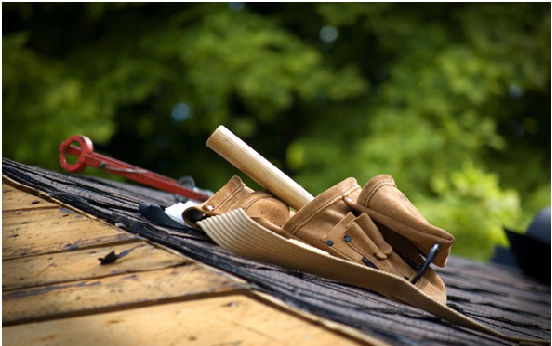DIY home repairs can be satisfying and cost-effective, but safety should always come first. Whether you’re patching drywall or replacing tiles, one wrong move can lead to serious injuries or property damage. Many home projects involve tools, chemicals, or heights that can present risks without proper precautions. With the right approach, you can still enjoy the process while minimizing danger. The following five tips are designed to help you work smarter and safer around the house, especially if you’re tackling tasks that are new to you or outside your comfort zone.
Wear Proper Safety Gear to Prevent Serious Injuries
One major risk of DIY repairs is injury—and if you’re hurt on your own property, you typically aren’t eligible to recover damages the same way you might after an accident on someone else’s premises. In most injury claims, compensation falls into two categories: economic (like lost wages and medical bills) and non-economic (like pain and suffering). While these don’t apply if you’re working alone without insurance or workers’ compensation coverage, the existence of such categories underscores just how serious at-home injuries can become. That’s why wearing safety goggles, gloves, and other protective gear is non-negotiable, especially when using power tools.
Protect Your Skin from Harsh Chemicals and Materials
Personal protective equipment doesn’t just shield you from cuts and bruises—it can also prevent skin reactions. If you’re working with harsh cleaners, adhesives, or sealants, it’s important to know that the majority of adults report having sensitive skin, with up to 60% of men reporting sensitivity. Wearing long sleeves, a mask, and gloves can reduce your exposure to chemicals that could cause rashes or irritation. Even products that seem safe, like grout or wallpaper glue, may contain ingredients that inflame skin, especially when used over long periods. Planning ahead and reading labels carefully can help you avoid unnecessary harm during your repairs.
Handle Ceramic Tile Projects with Caution
Tile installation is a common DIY project, especially in kitchens and bathrooms. With ceramic tiles becoming more popular each year, with the market expected to reach $4.94 billion in 2025, many homeowners are tempted to try laying them without help. However, this task comes with specific safety concerns, from handling sharp tile edges to lifting heavy boxes. If you’re not careful, you could experience cuts, back strain, or even fractures from falling materials. Use a stable work surface, wear kneepads, and take breaks to avoid fatigue. Even professional installers rely on ergonomics and caution, so it’s smart to pace yourself and work with a partner when possible.
Learn How to Use Tools Before You Start
Many DIY injuries stem from using the wrong tools or not understanding how they work. Before starting any repair, review the safety instructions for your equipment and consider watching tutorial videos from reputable sources. Improper tool use can result in deep lacerations, burns, or eye injuries—none of which are worth the short-term cost savings. Investing in basic safety tools like a face shield, ear protection, and non-slip shoes can go a long way. The more informed you are about your tools, the more confident and secure you’ll feel while making repairs around your home.
Know When a Project Requires a Professional
There’s no shame in handing a project over to a professional, especially when it involves plumbing, electrical systems, or structural changes. Some repairs require permits, inspections, or specific expertise to be completed safely. Trying to fix something you’re not familiar with can not only lead to personal injury but also violate local building codes or result in costly mistakes. When in doubt, consider a consultation—even seasoned DIYers occasionally need expert advice. It’s better to ask questions and stay safe than risk a serious accident or property damage that could have been prevented.
DIY home repairs can be deeply rewarding, but they come with real risks if safety is overlooked. From tile installation to chemical exposure, even small tasks carry hazards that can be mitigated with the right approach. Paying attention to tool usage, knowing your skin’s sensitivity, and understanding the legal context of injury liability are all part of staying safe. It’s not just about finishing the job—it’s about protecting yourself along the way. By taking simple, proactive steps, you can enjoy the satisfaction of your own handiwork without compromising your well-being or your home’s integrity.








